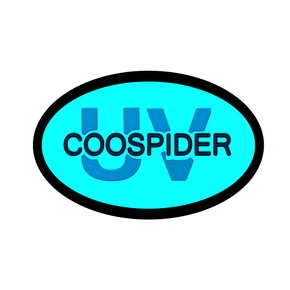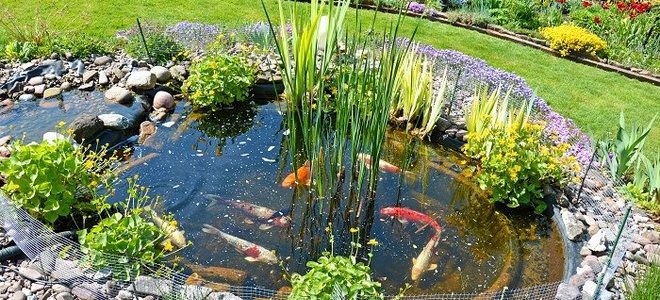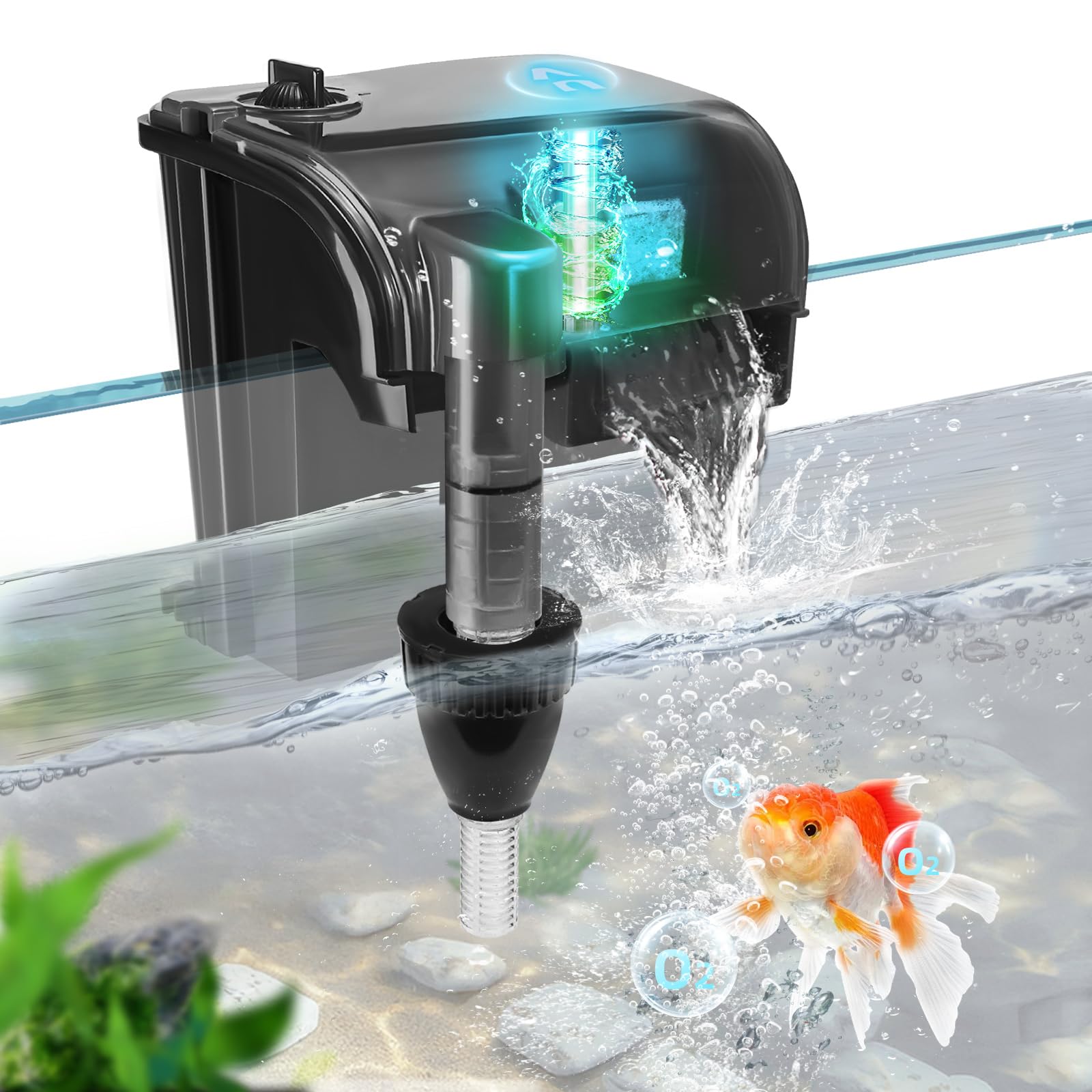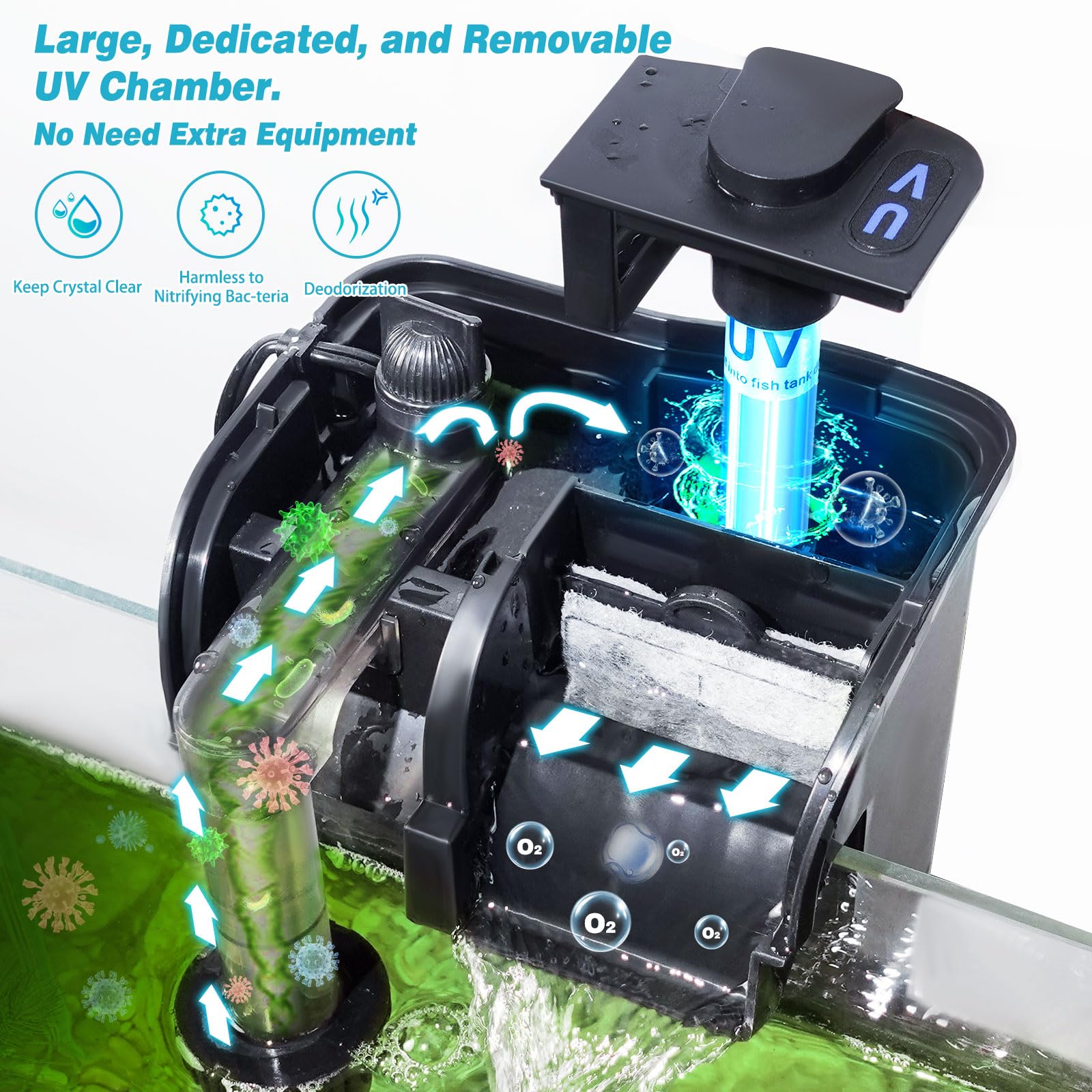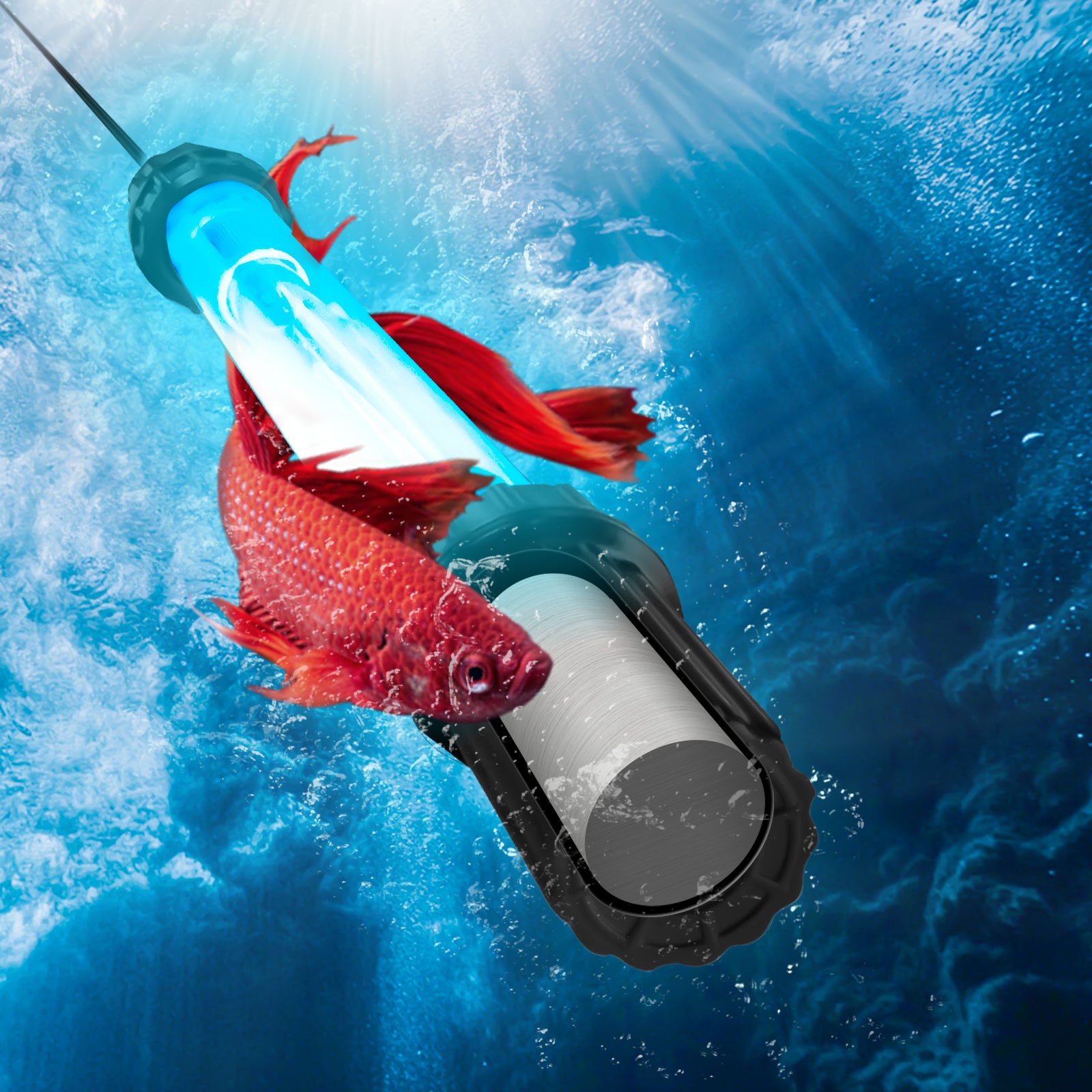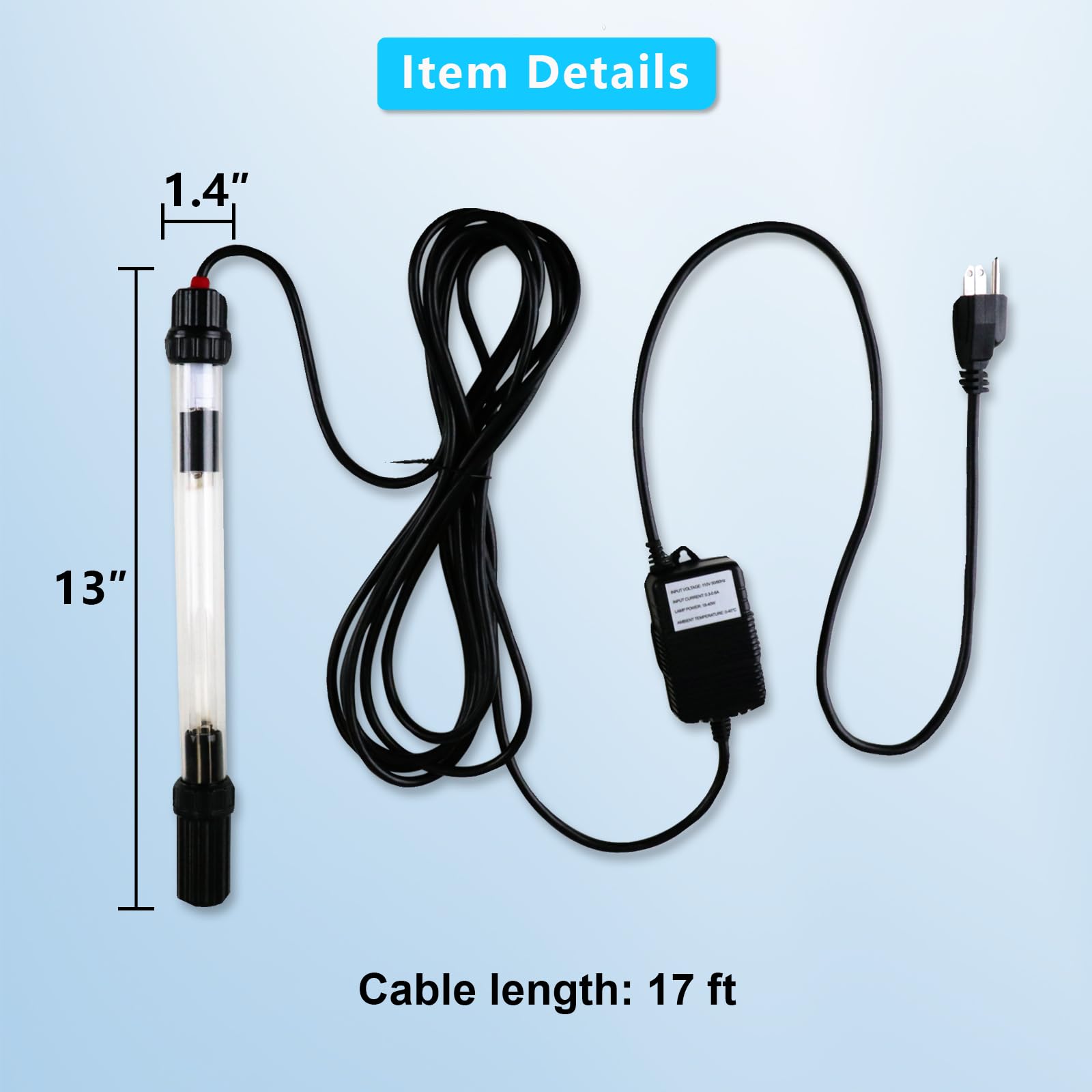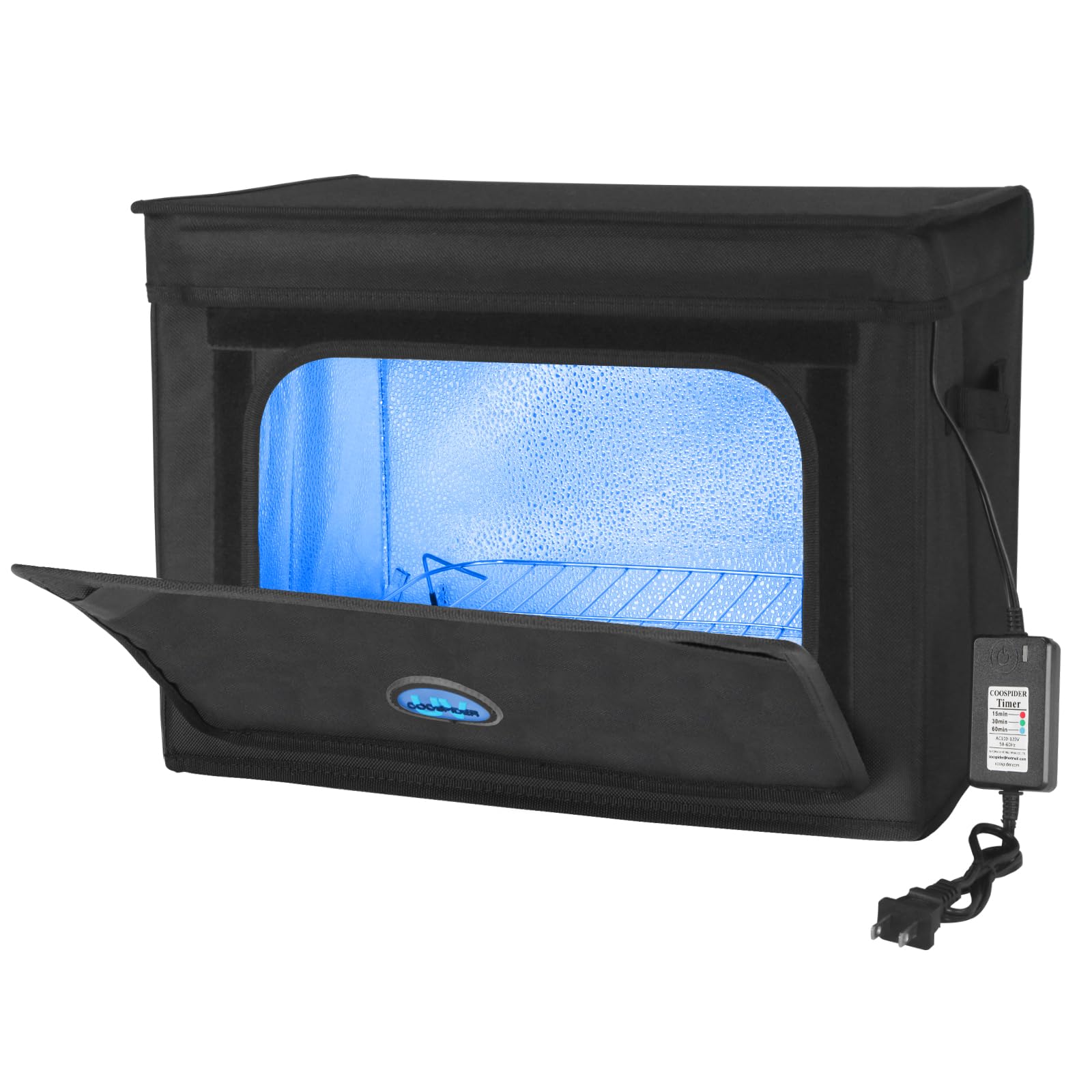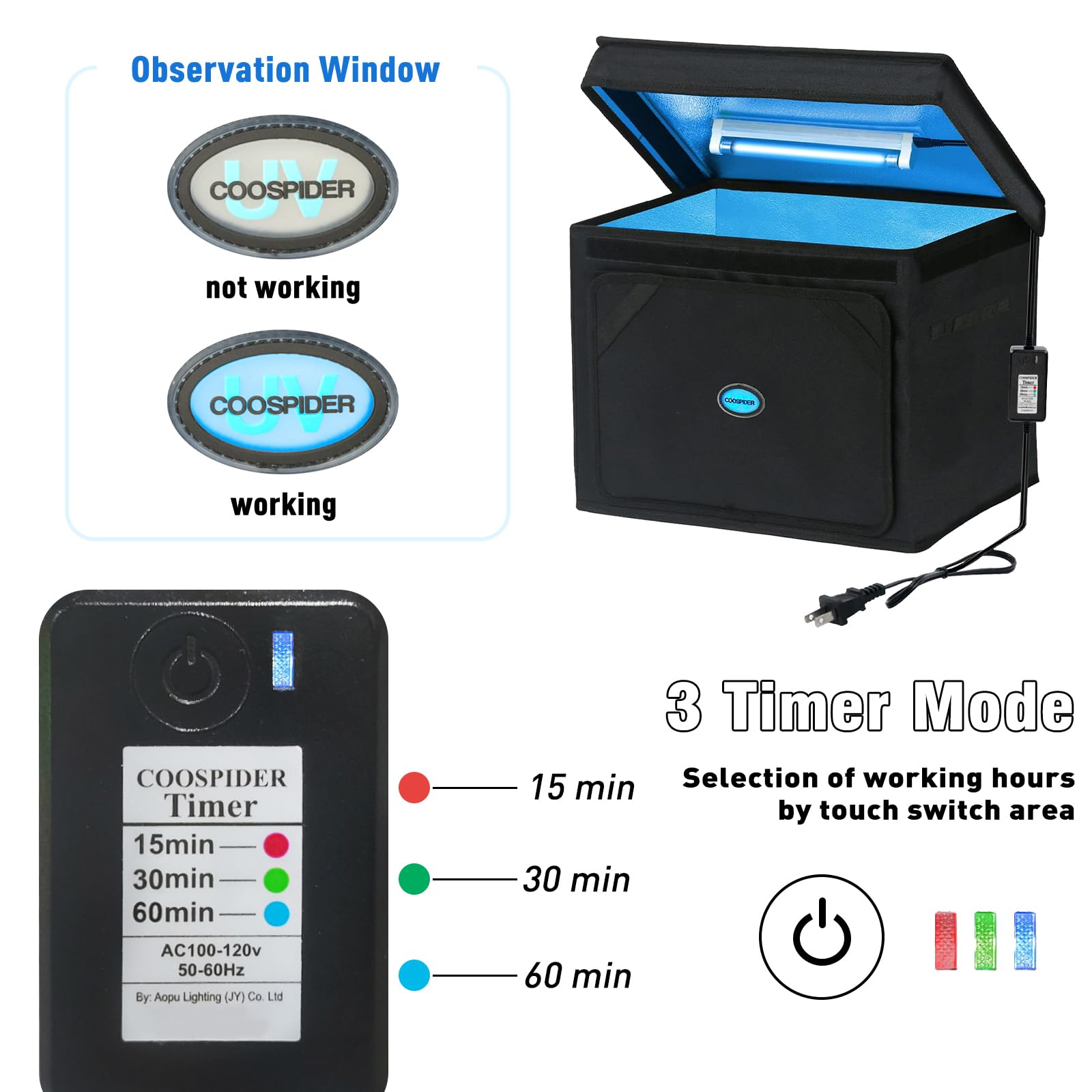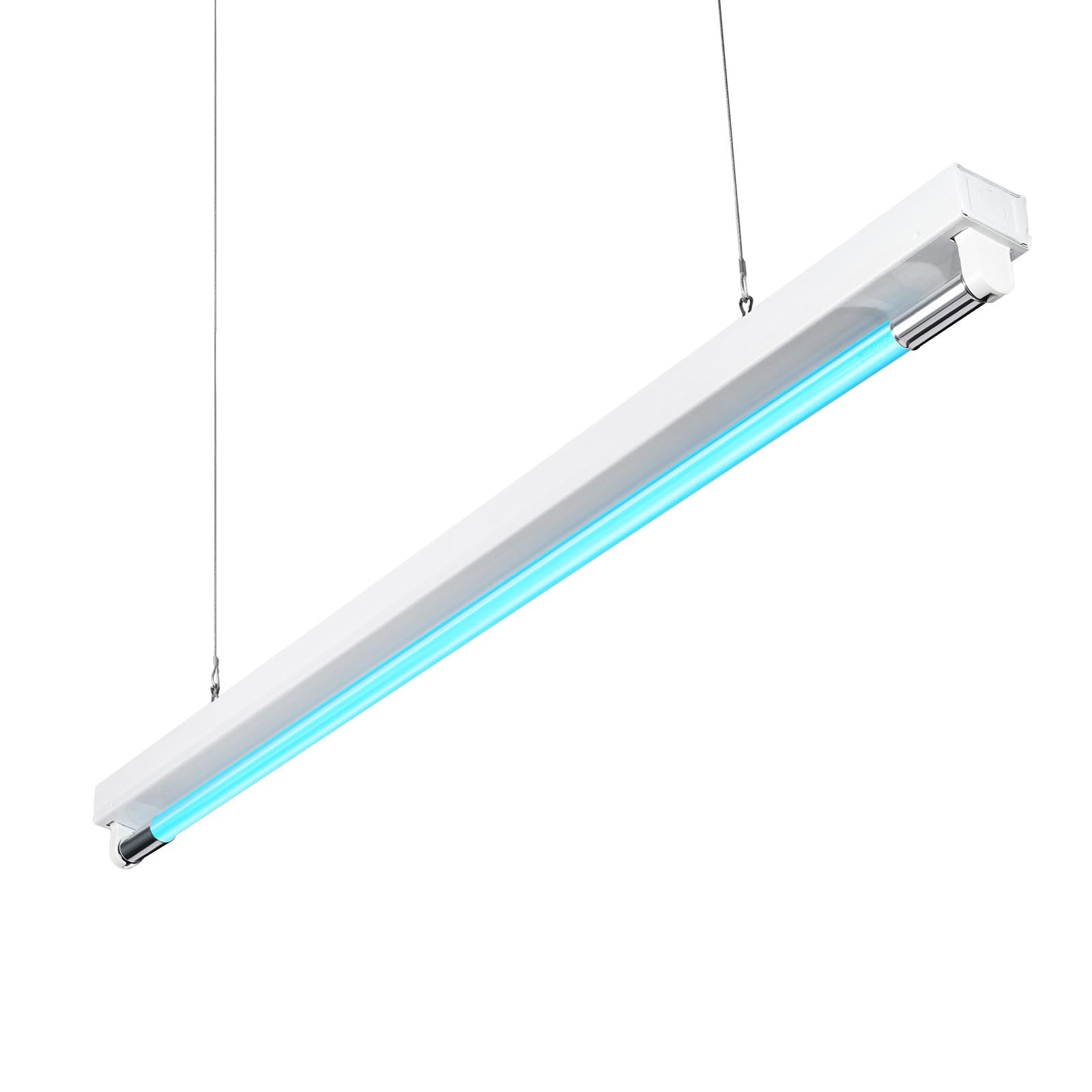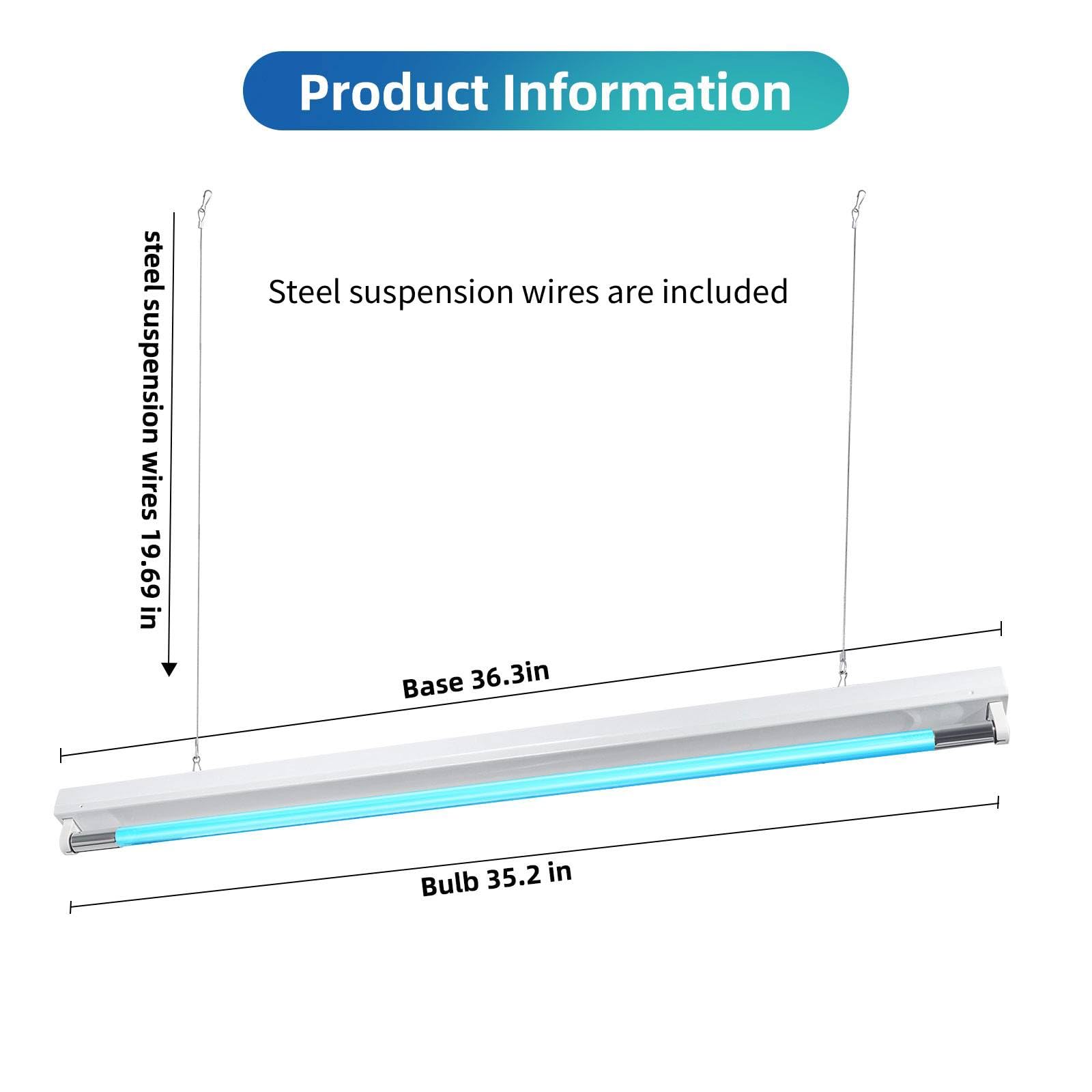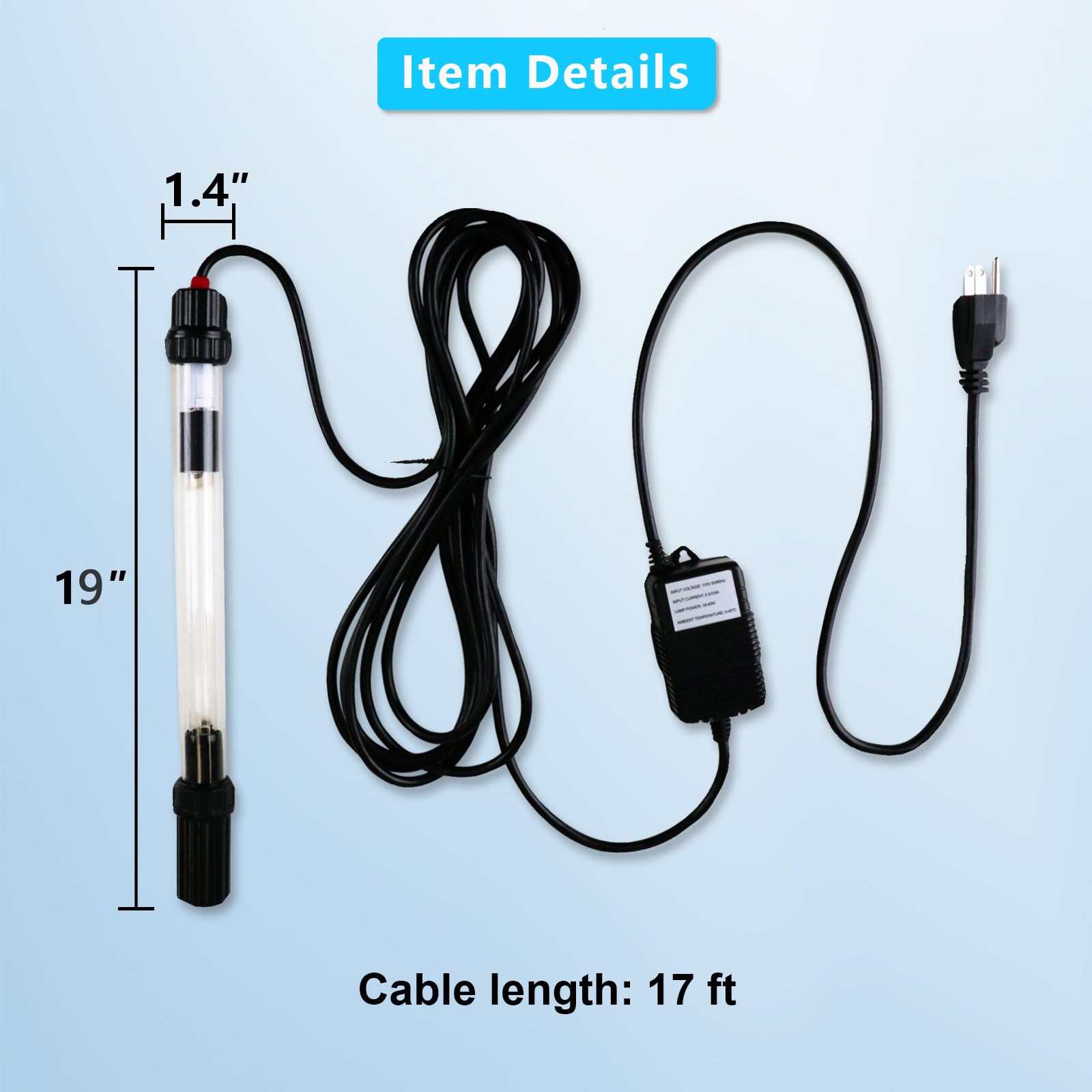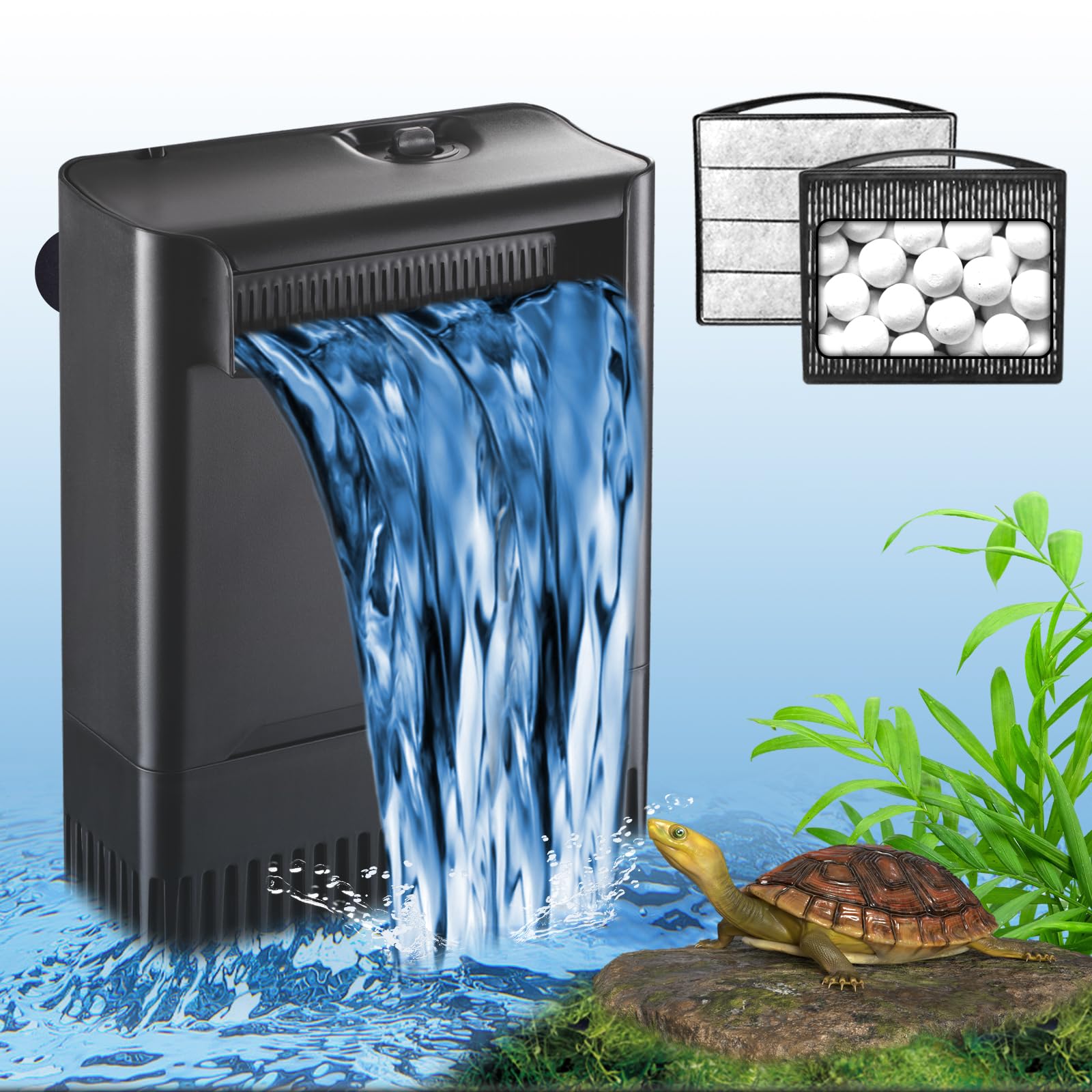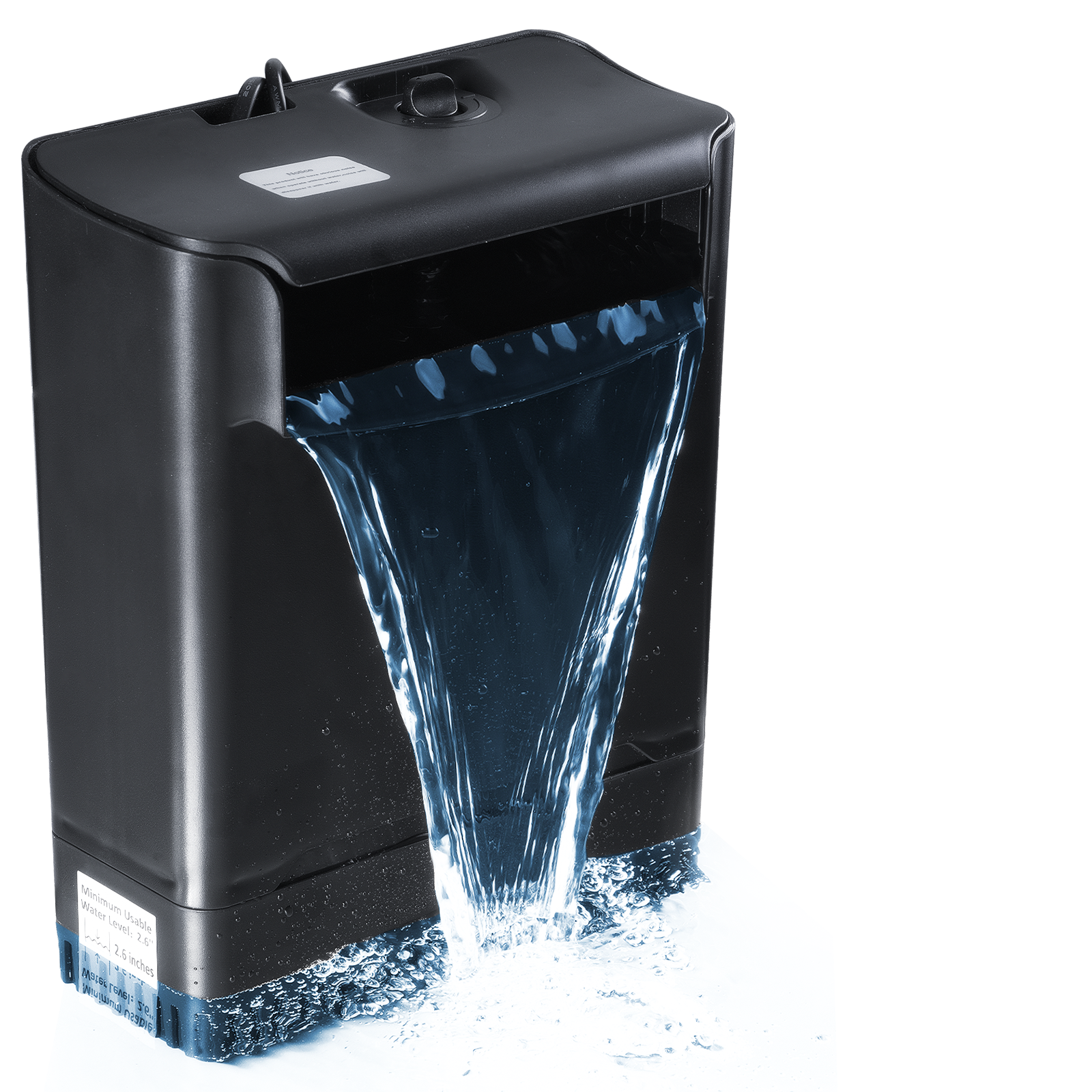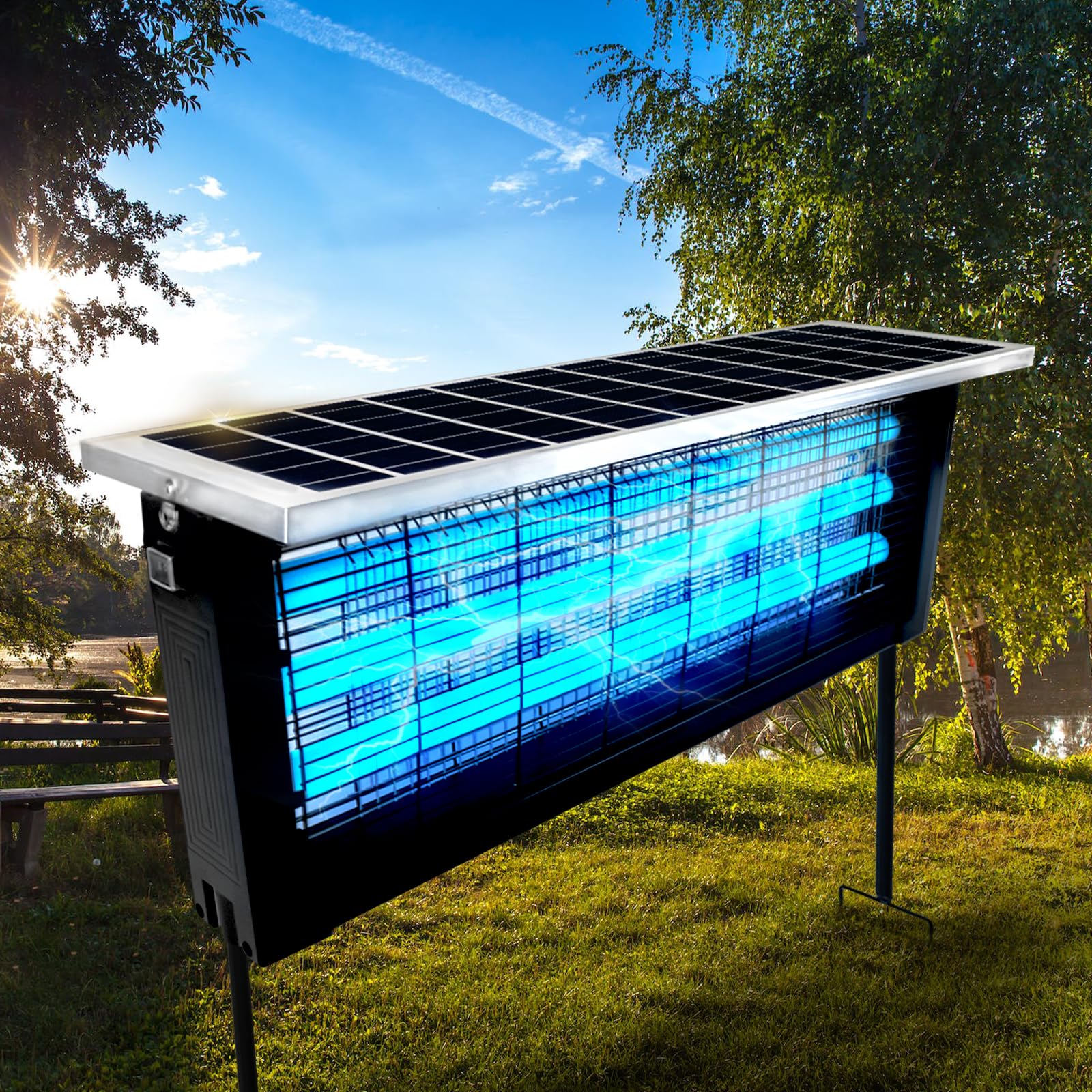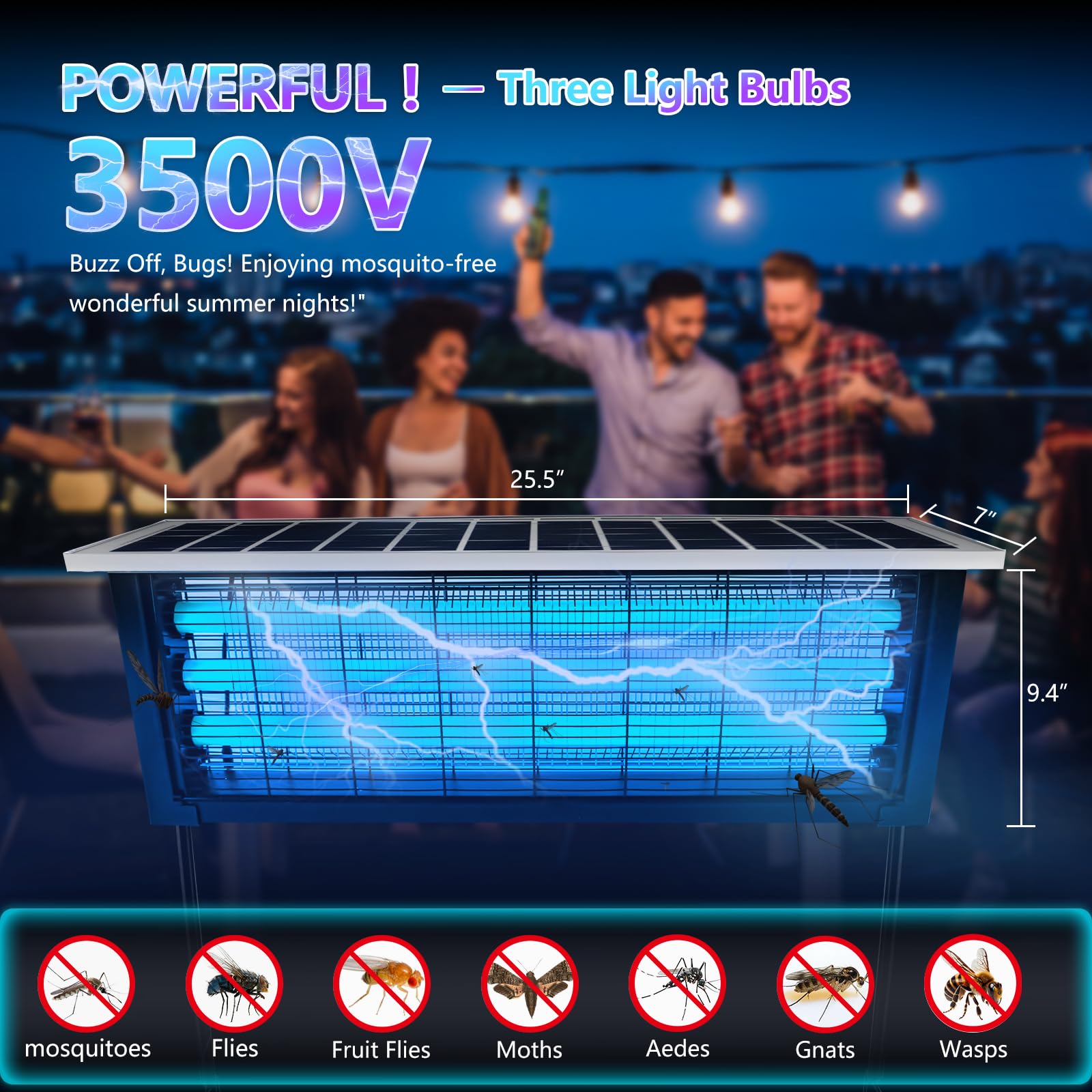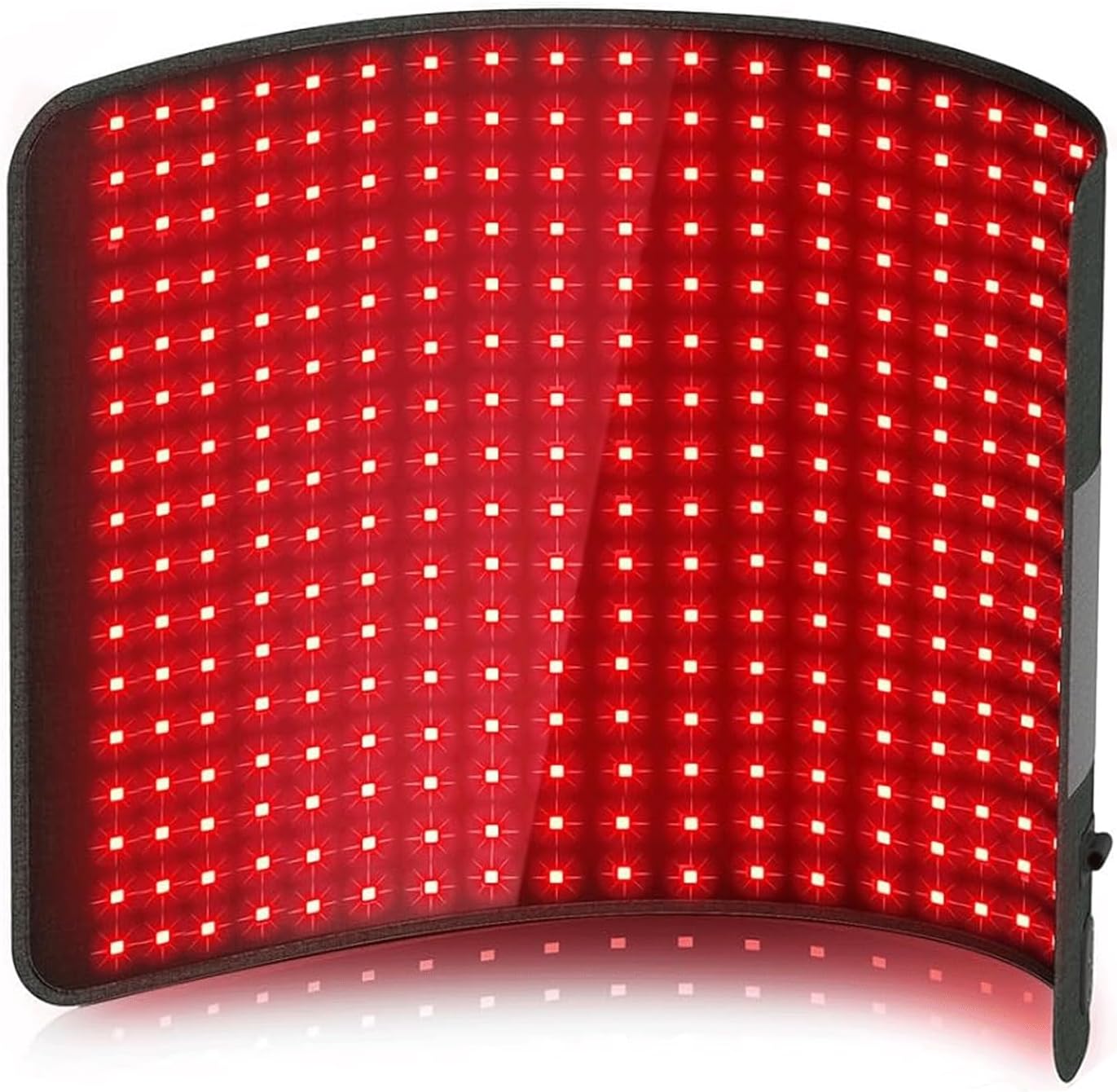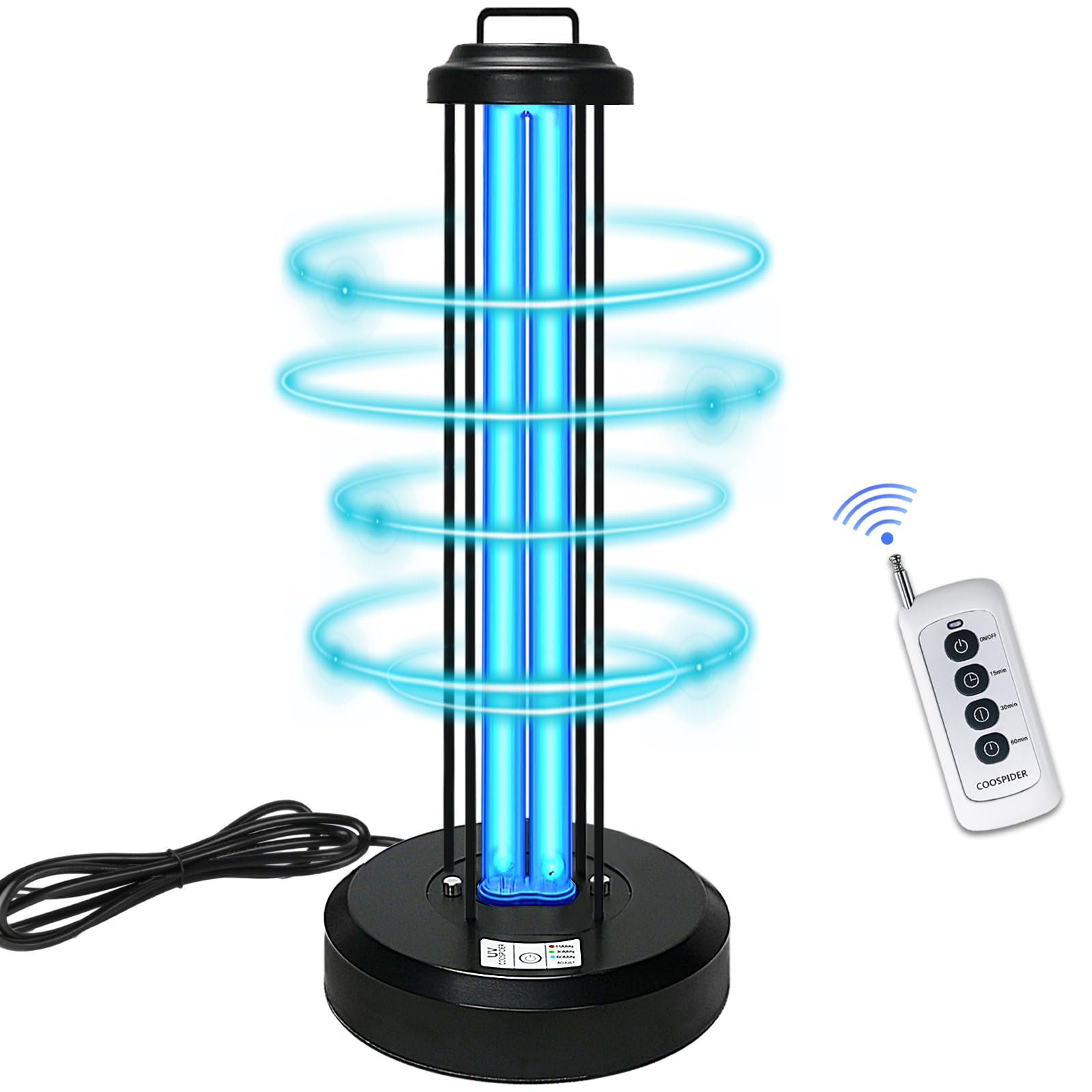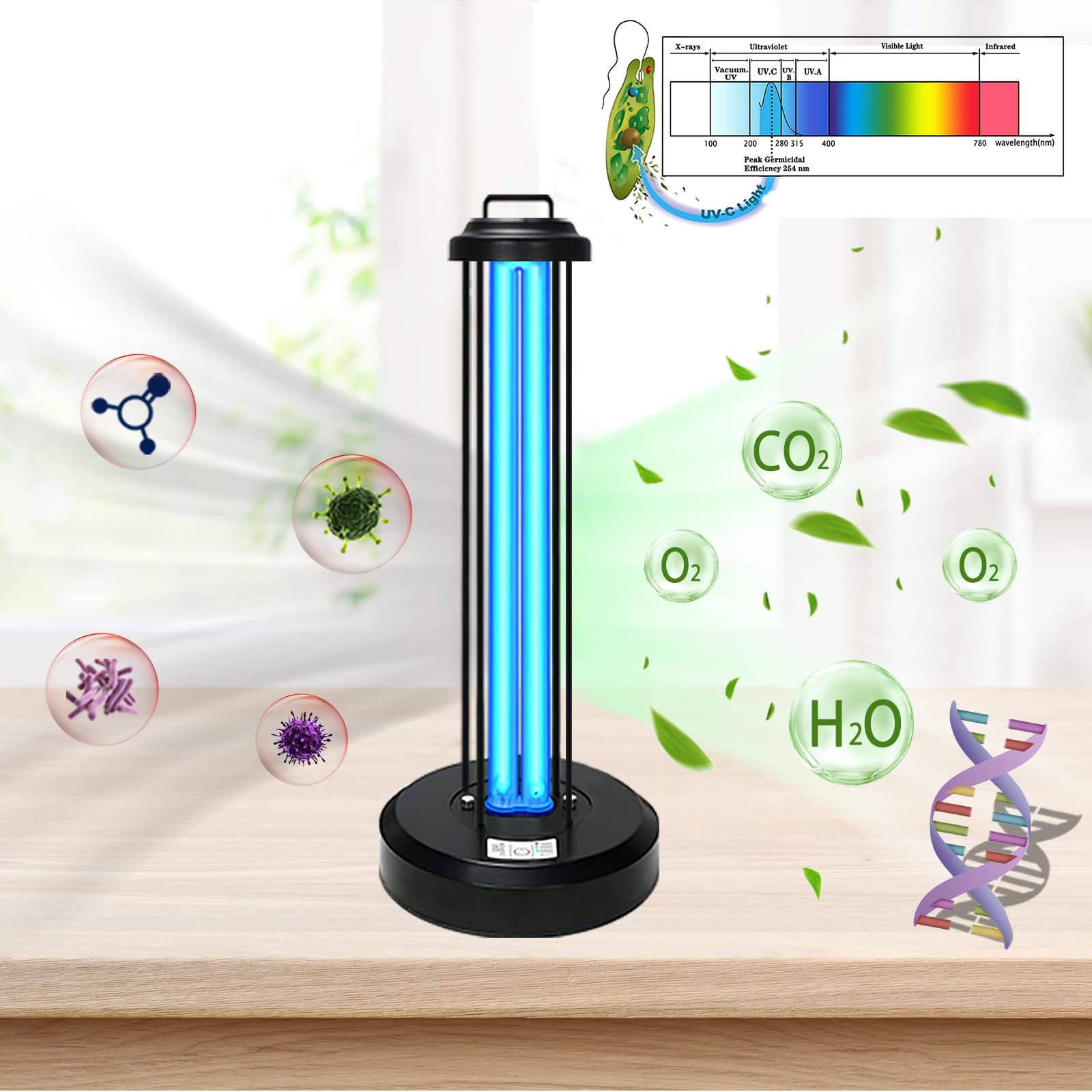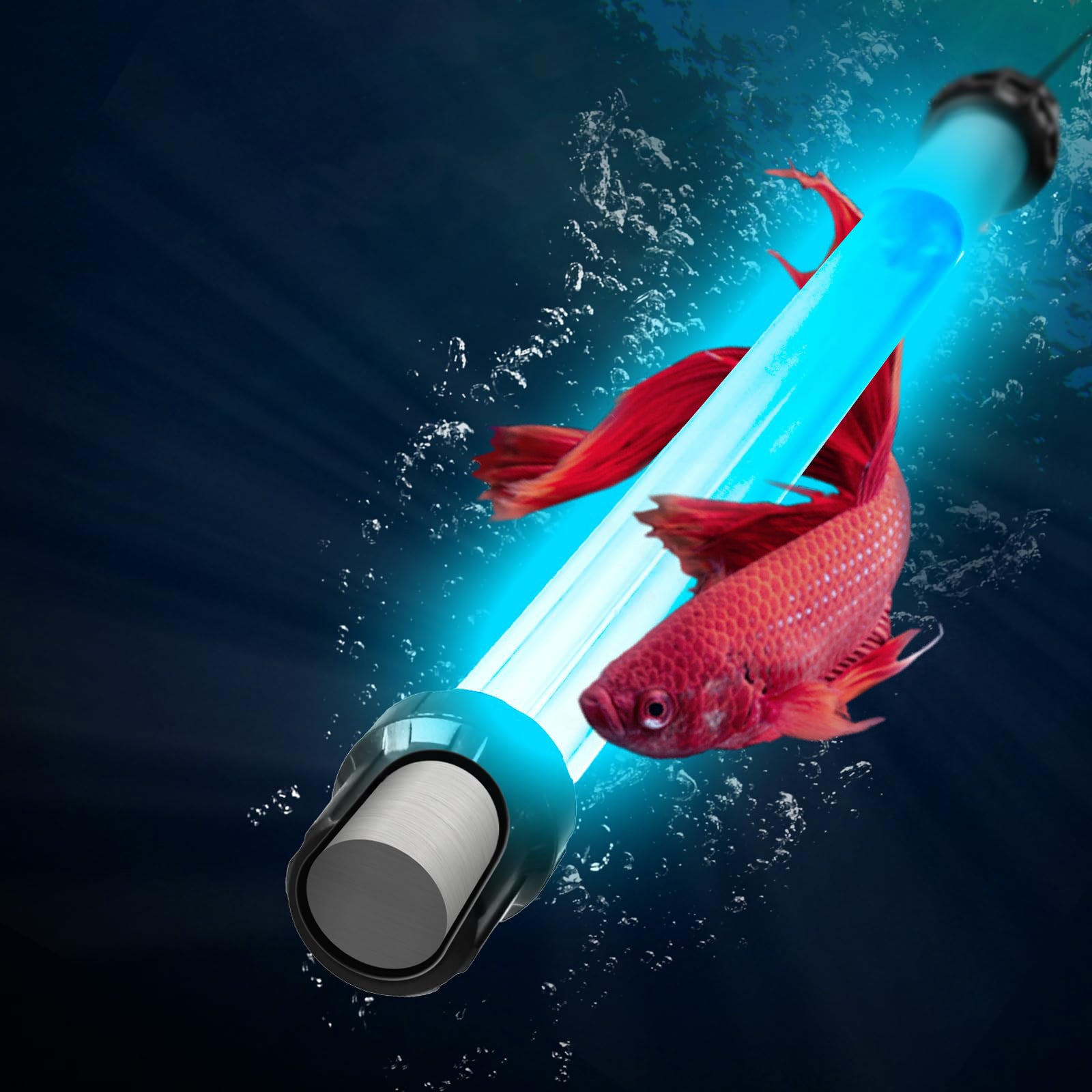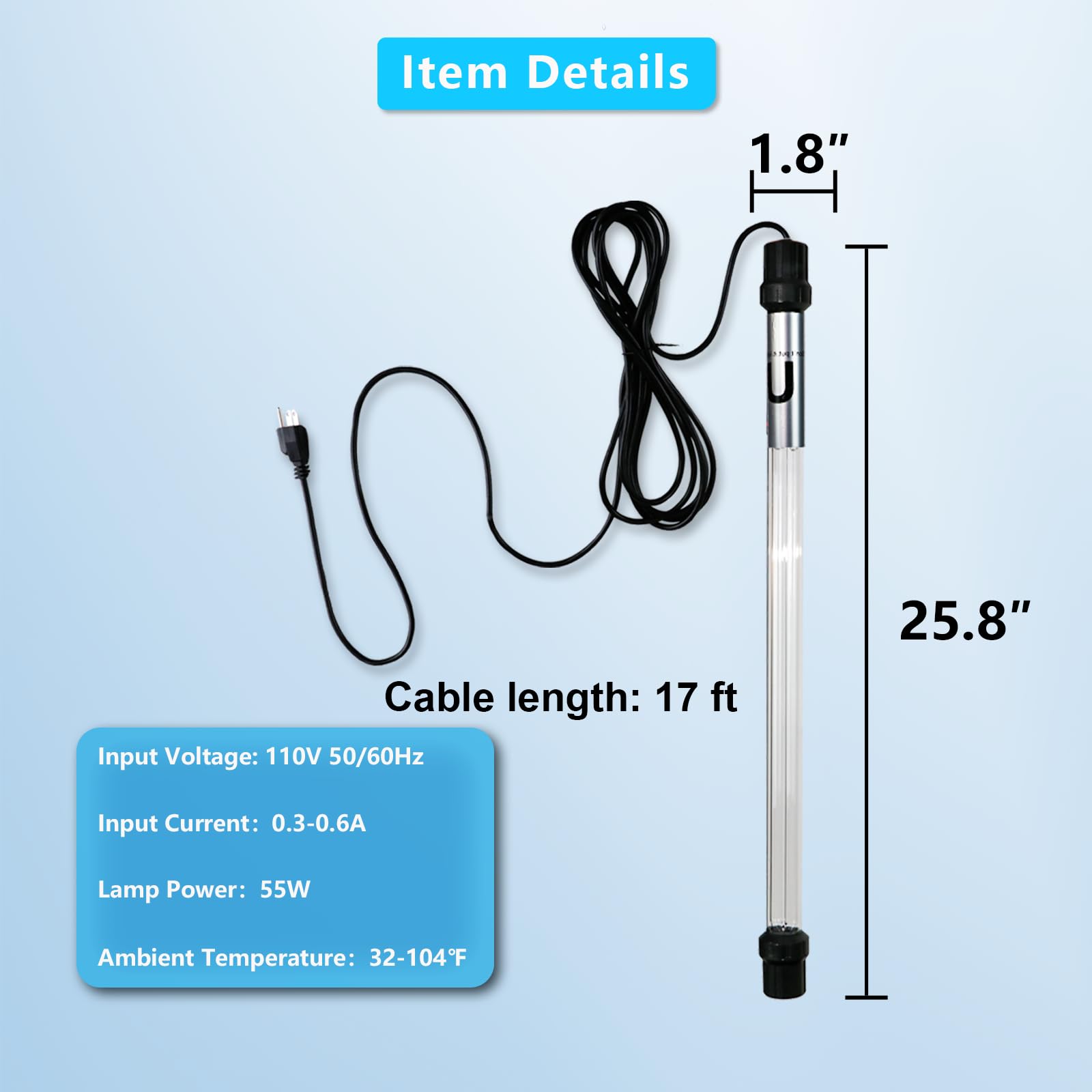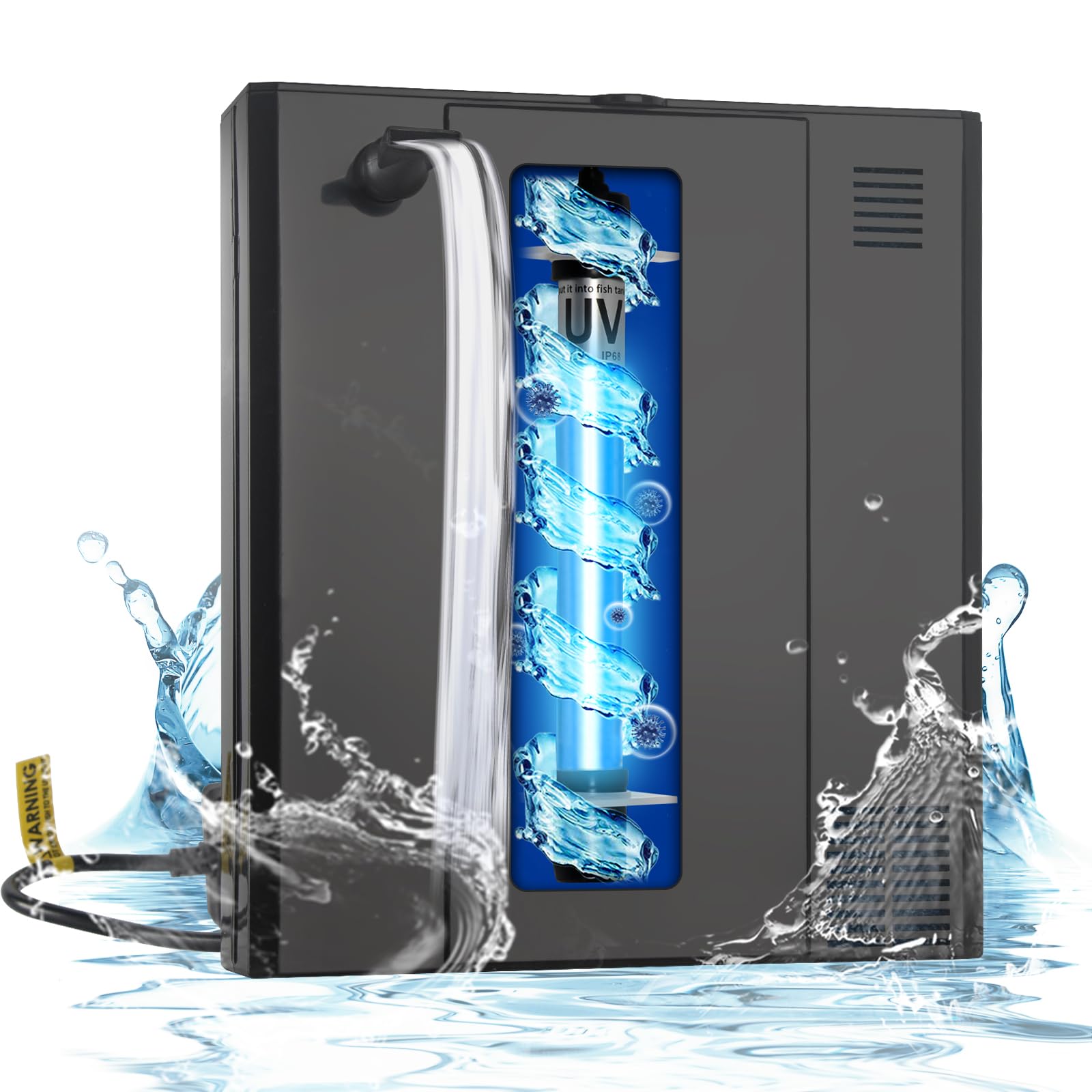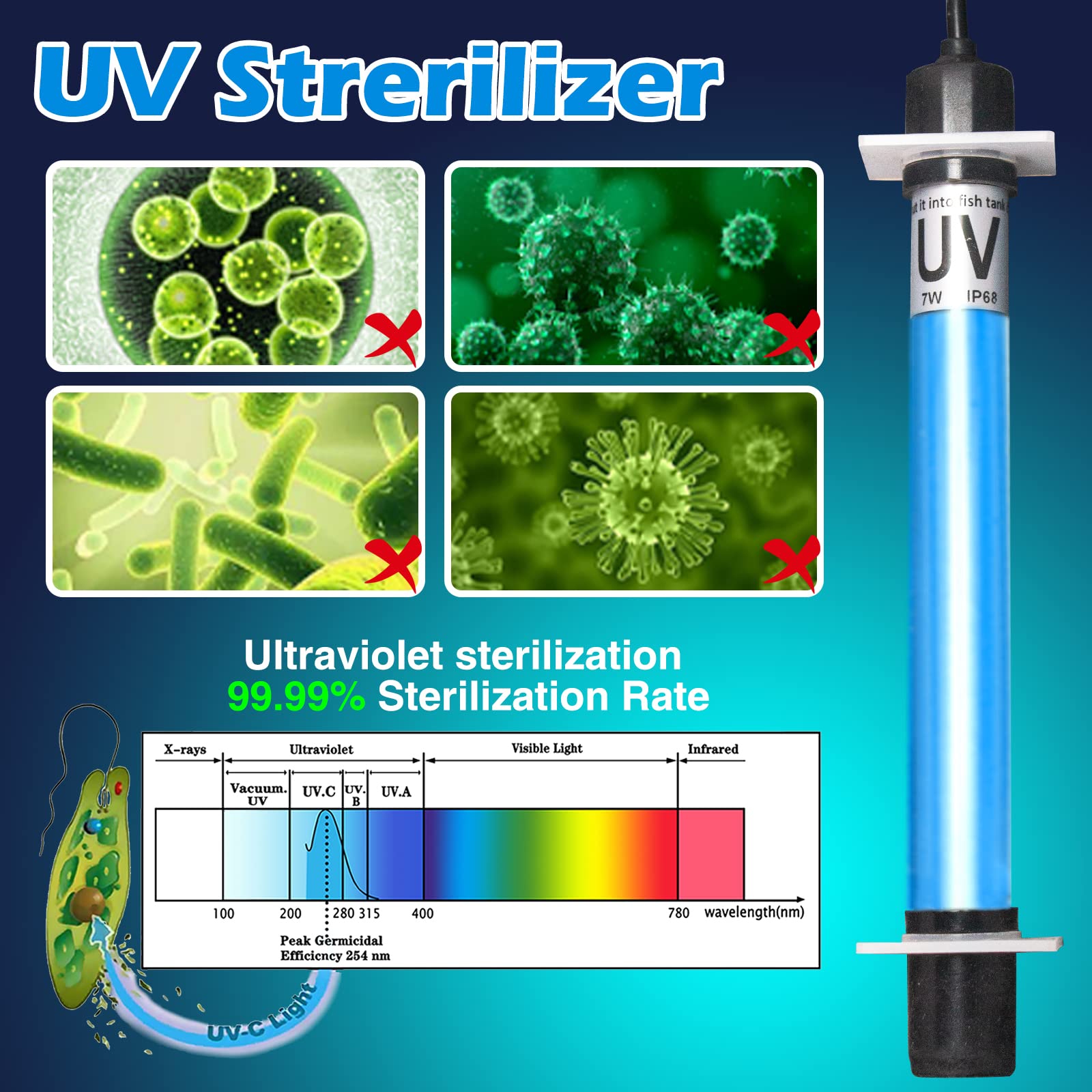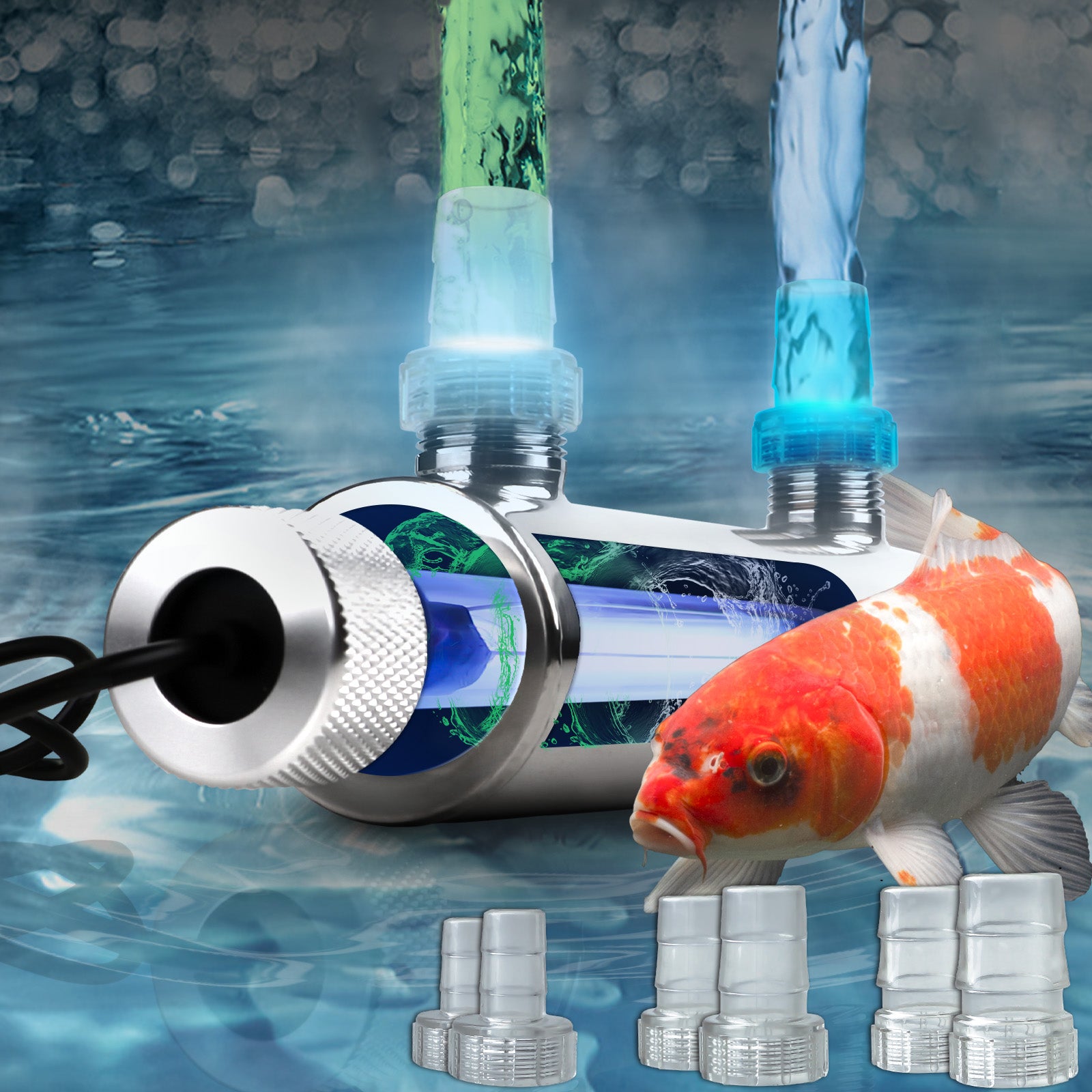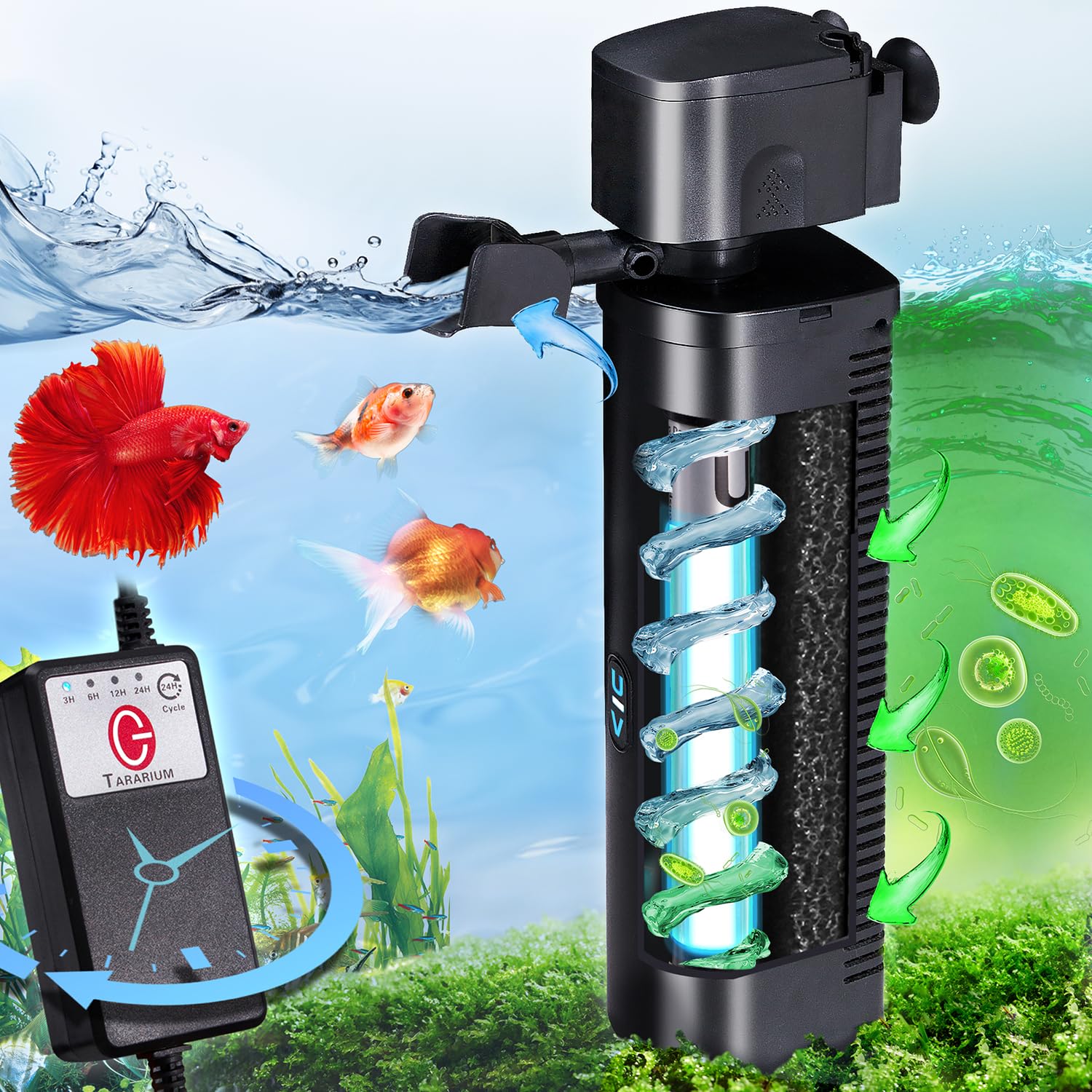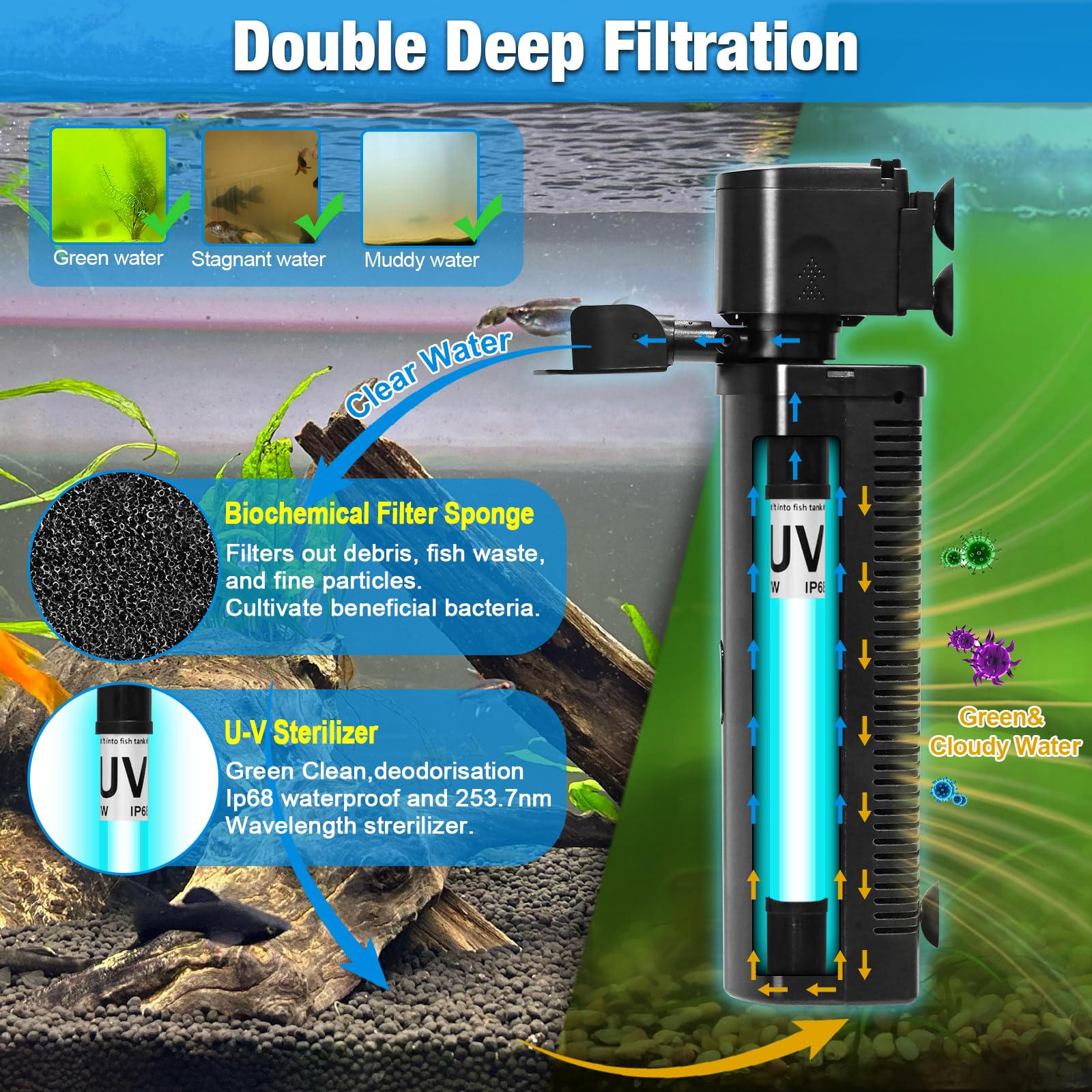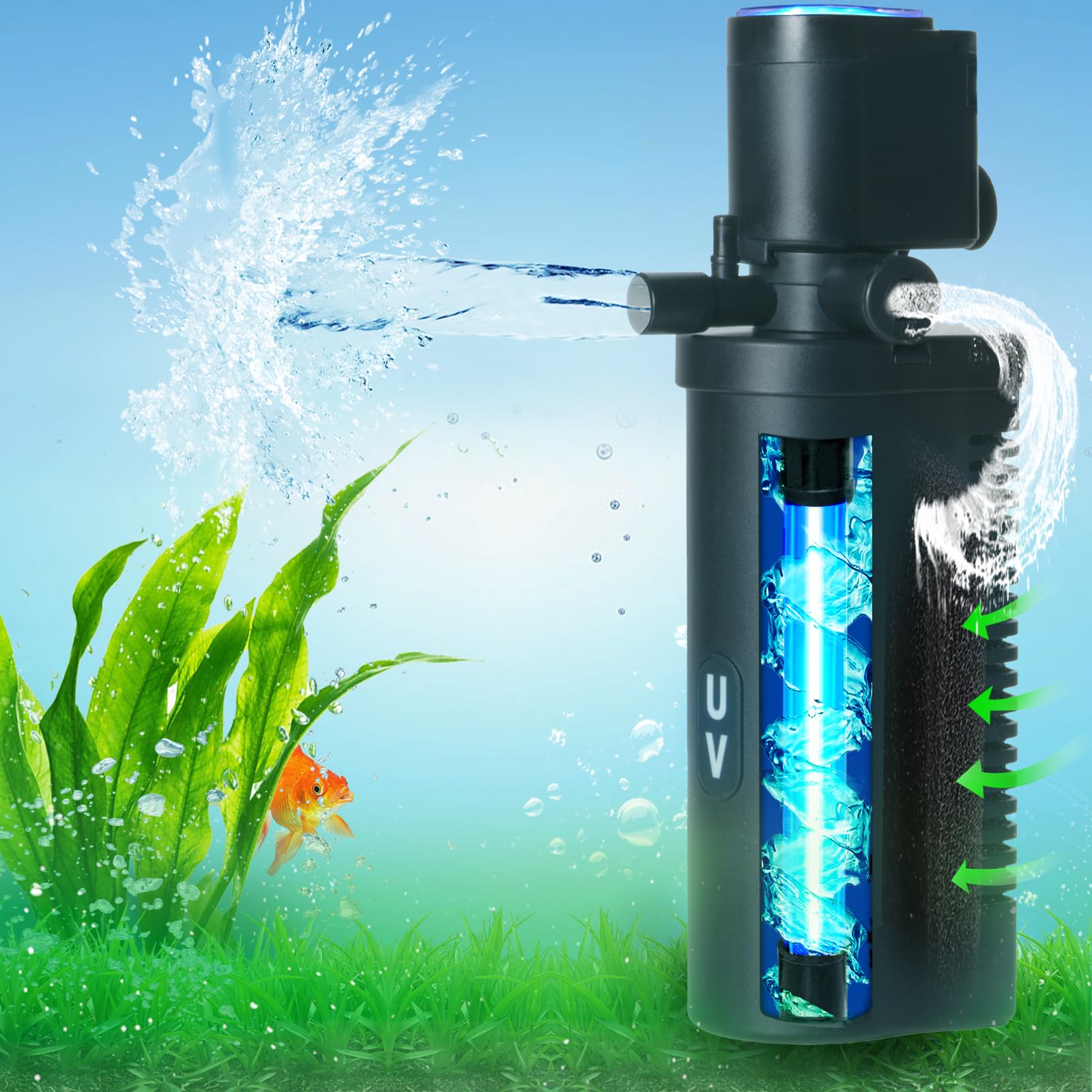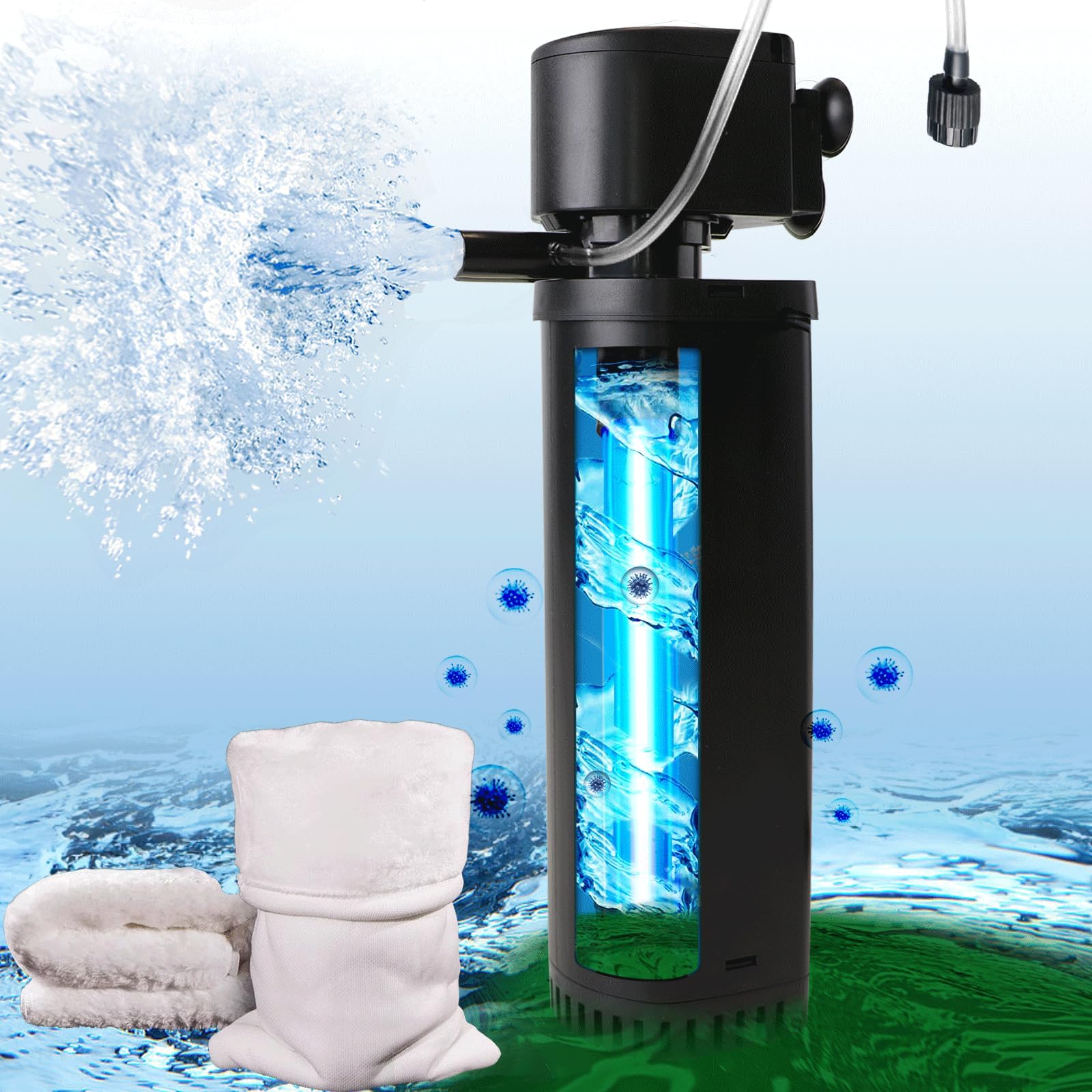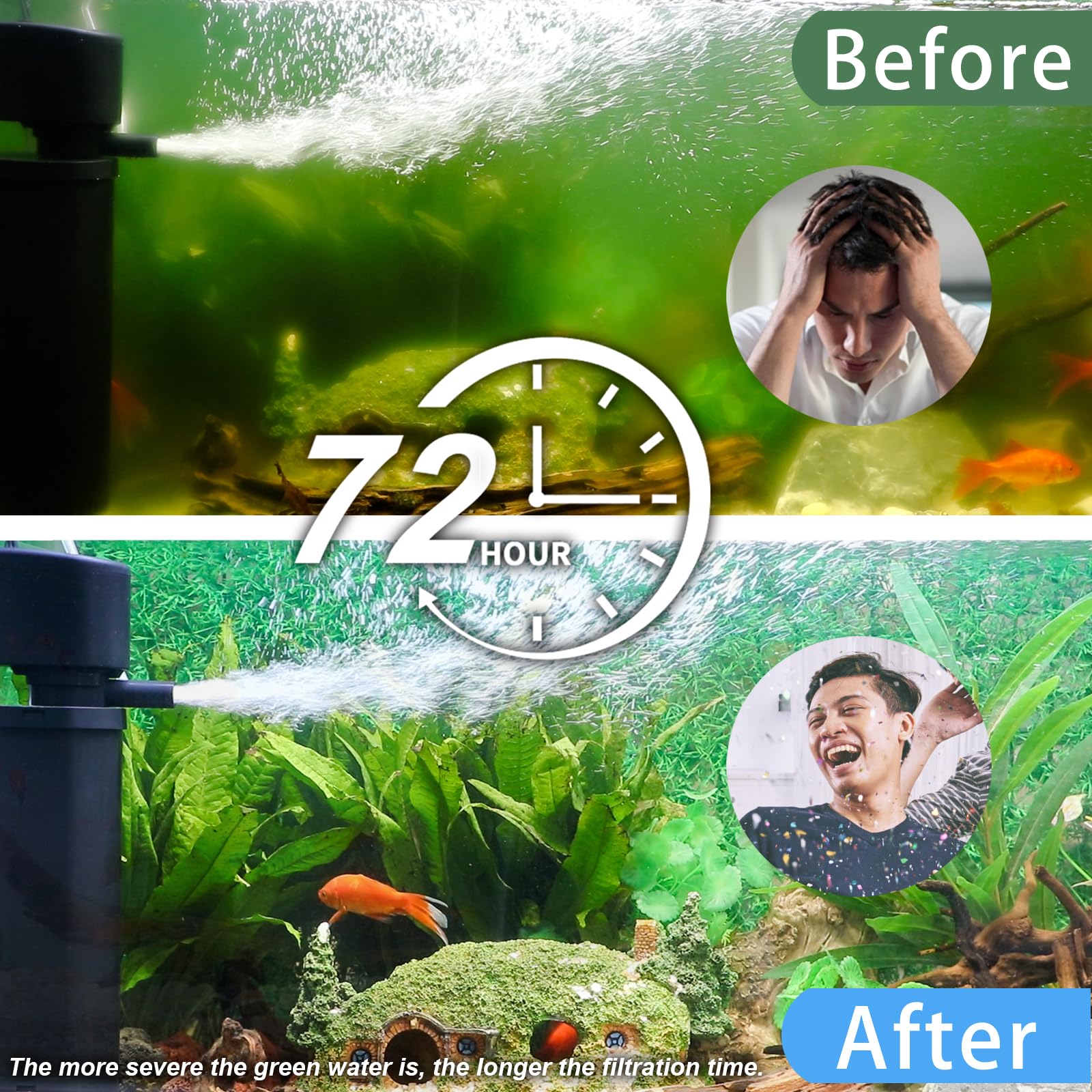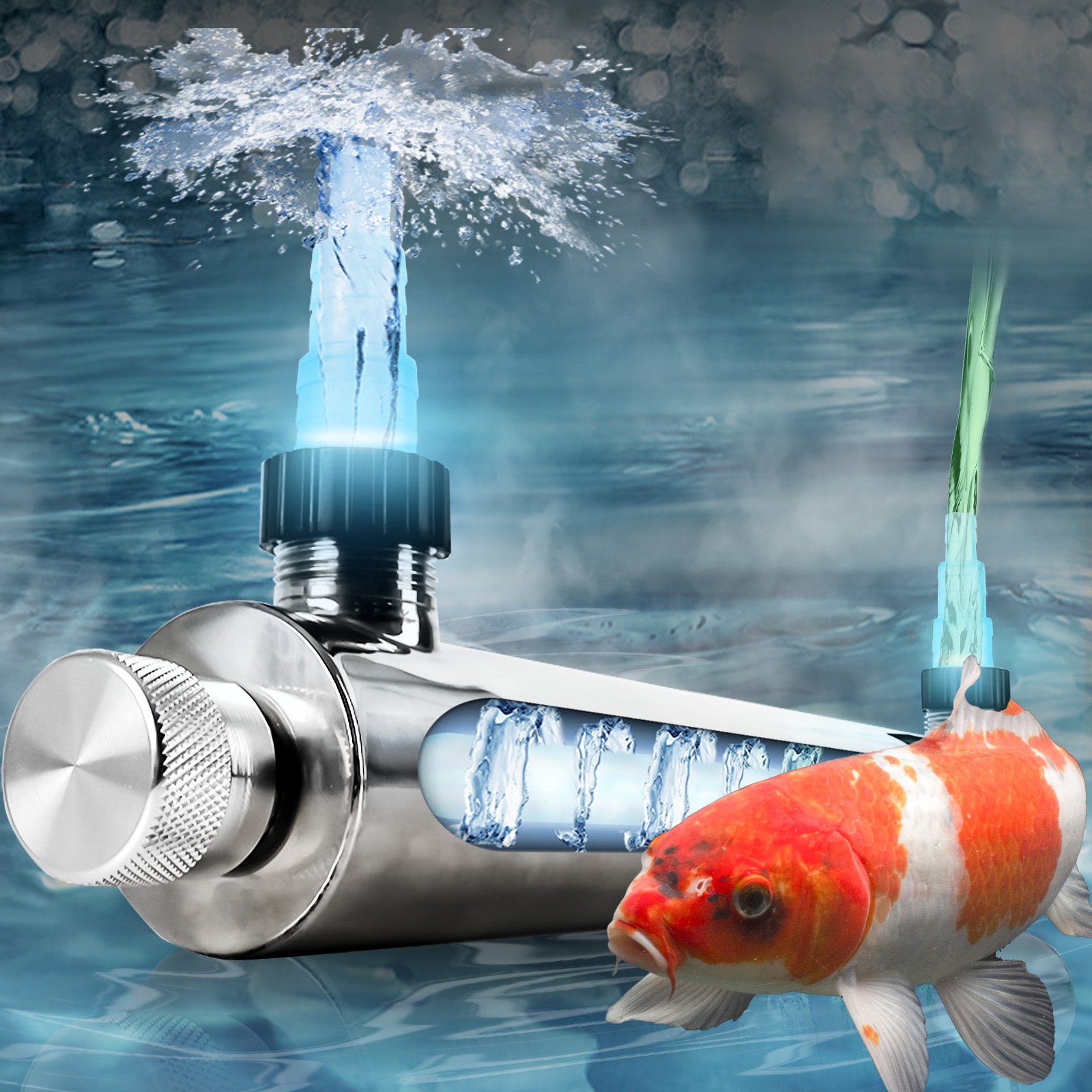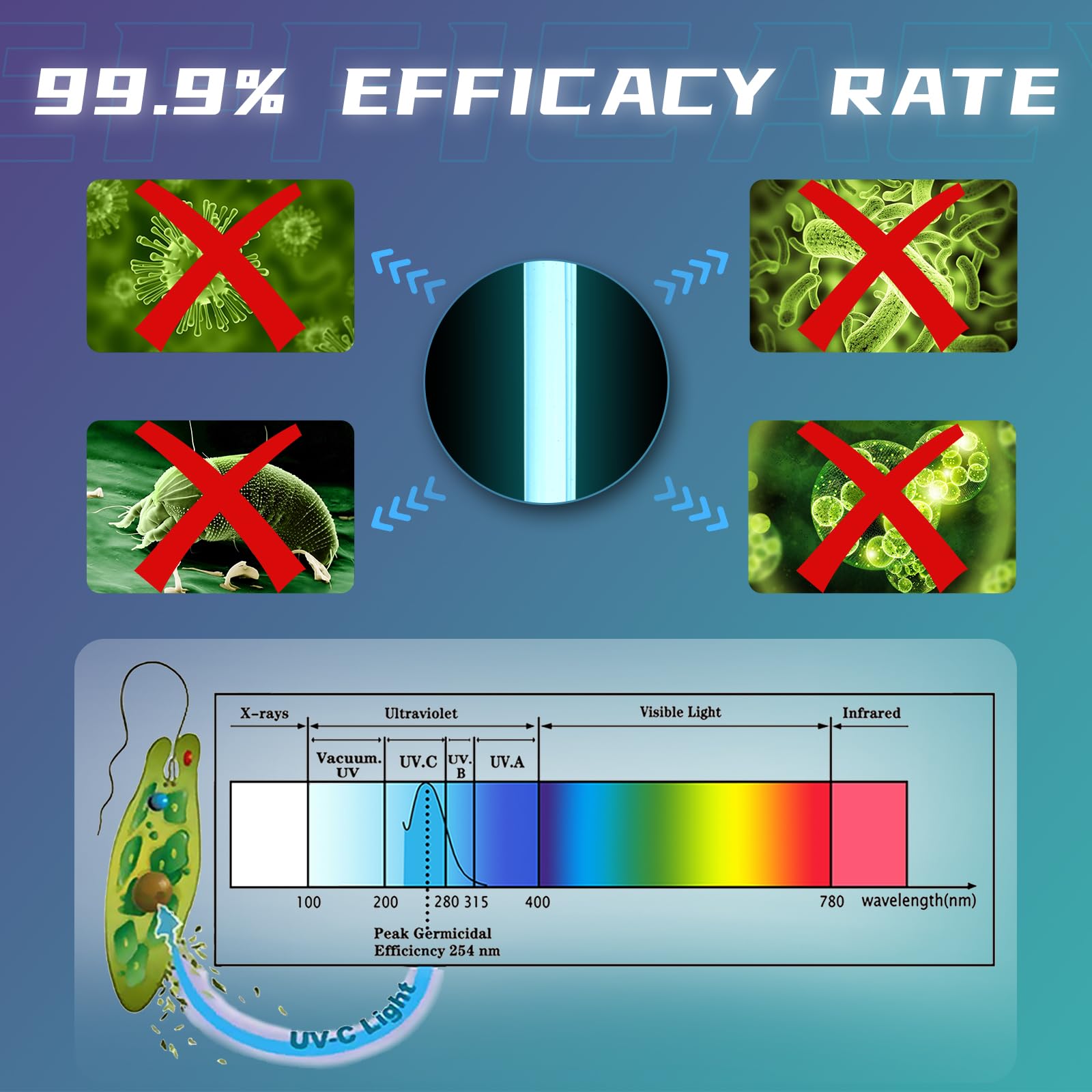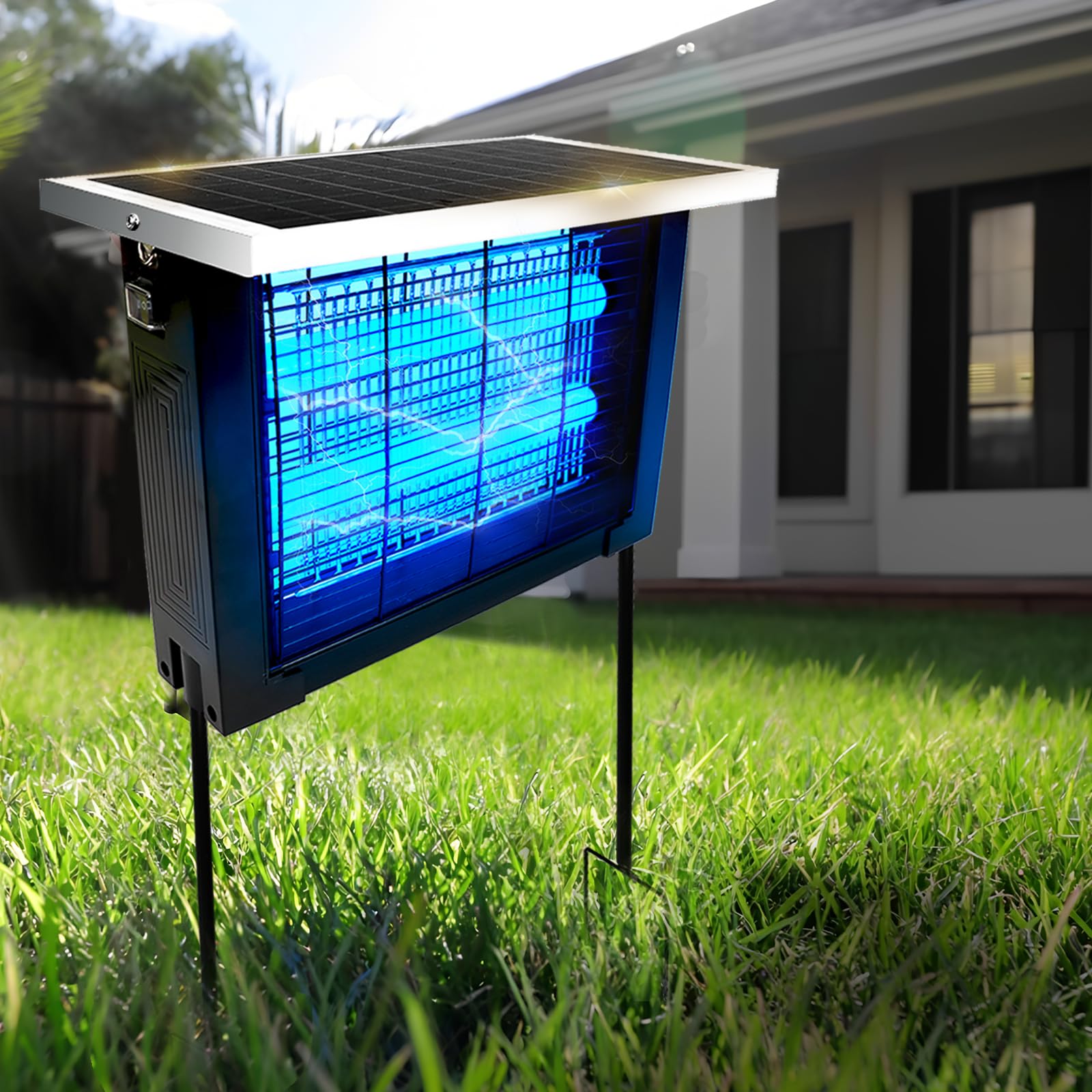Introduction to Koi Pond Ecosystem Balance
A well-maintained koi pond is equal parts biology lab and living artwork. Unlike swimming pools, these dynamic ecosystems require strategic cleaning that preserves beneficial bacteria while removing hazards. This guide combines Japanese niwaki traditions with modern filtration science to help you achieve "gin-clear" water year-round.
Section 1: Daily & Weekly Maintenance
1.1 Surface Skimming Techniques
-
Floating Debris Removal: Use a fine-mesh net (300–500 micron) at dawn when debris concentrates
-
Automated Solutions: Skimmer weirs (Oase BioSmart) process 2,500 gallons/hour
1.2 Water Testing Regimen
-
Critical Parameters: Ammonia (0 ppm), Nitrites (<0.5 ppm), Nitrates (<40 ppm)
-
Digital Tools: Seneye Pond Monitor alerts pH swings via smartphone
Section 2: Monthly Deep Cleaning
2.1 Filter Maintenance
-
Mechanical Media: Rinse sponges in pond water (never tap – kills bacteria)
-
Biological Media: K1 microbeads need gentle agitation every 3 weeks
2.2 Substrate Cleaning
-
Vacuum Systems: Pondovac 4 drains sludge without water loss
-
Beneficial Bacteria: Add Microbe-Lift PL after cleaning to replenish colonies
Section 3: Seasonal Overhauls
3.1 Spring Startup
-
UV Clarifier Activation: Replace bulbs annually (40W per 1,000 gallons)
-
Plant Pruning: Trim dead lily stems to prevent decay
3.2 Winter Prep
-
Aerobic Protection: De-icer maintains oxygen exchange under ice
-
Feeding Cessation: Below 50°F (10°C), koi metabolism halts
Section 4: Advanced Troubleshooting
-
String Algae Removal: 20% hydrogen peroxide spot treatment (1 cup per 100 gallons)
-
Parasite Prevention: Salt dips (0.3% concentration) during seasonal transitions
Conclusion: The 80/20 Rule of Pond Care
20% equipment + 80% consistency = 100% pristine water. Invest in quality filters but remember – no gadget replaces regular observation.
